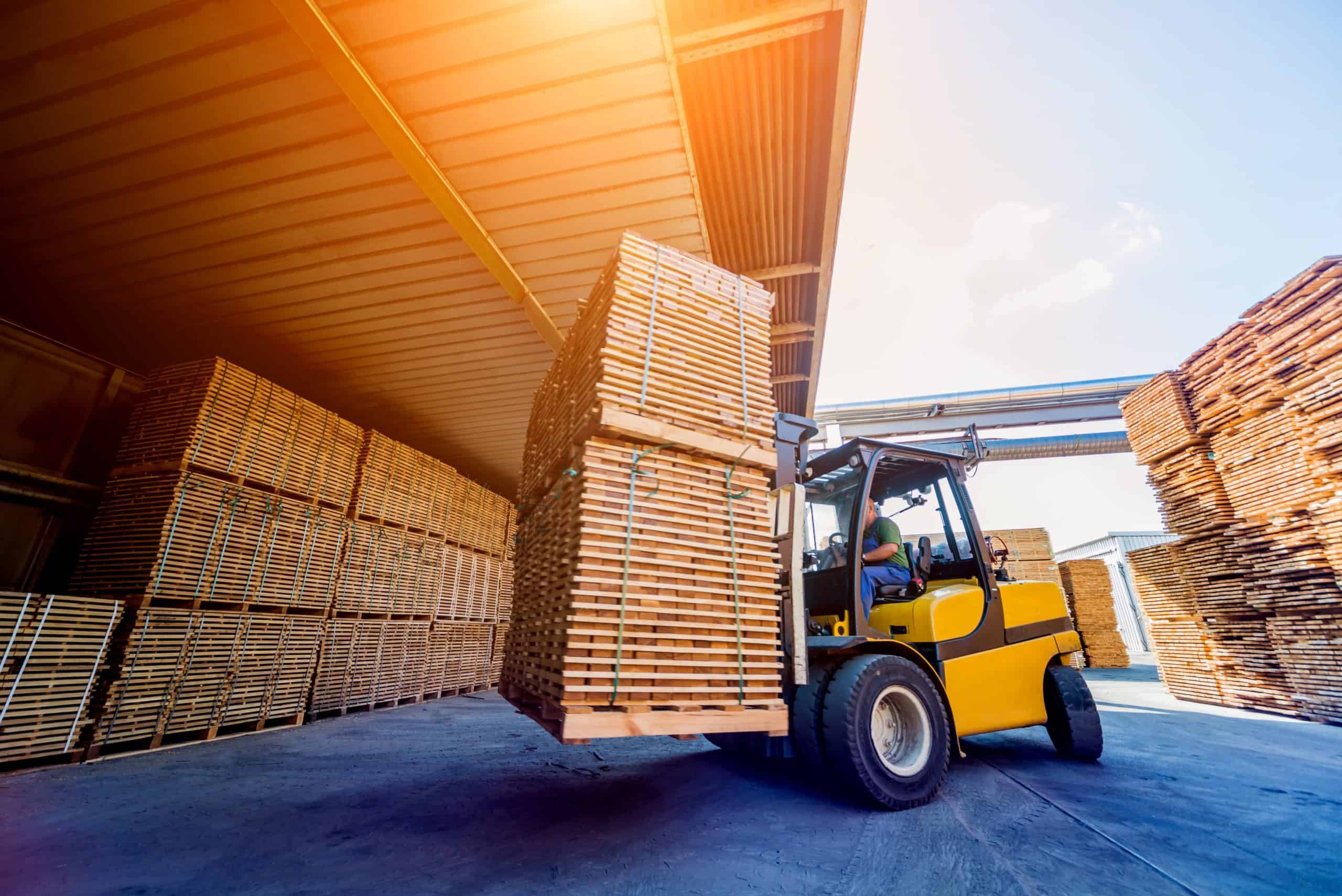The COVID-19 pandemic and other world events have triggered or worsened supply chain risks and shortcomings affecting many industries — including construction. Materials or equipment shortages or delays can be devastating to a project, so it’s critical for contractors to actively manage their supply chains. Here are eight strategies to consider:
1. Develop and maintain strong supplier relationships. This is especially critical during challenging times. Reach out regularly and keep the lines of communication open so you’ll learn about potentially troublesome developments and have time to plan for any shortages. Establish a strong payment history — including early payments, if possible — to nurture goodwill.
2. Be transparent with customers. Inform project owners when materials get scarce, or you can’t get your hands on necessary equipment. Ideally, you should address these issues in your bids to ensure customers understand upfront the potential impact of shortages on job costs or progress.
3. Put an expiration date on your bids. Keeping bids open for a relatively short period — for example, 30 days — can help protect you against unexpected shortages and price increases. You can always extend the time, provided you confirm the availability of materials and equipment.
4. Negotiate contractual protections. If possible, protect yourself by making start or completion dates contingent on delivery of scarce materials.
5. Order in advance. If you anticipate that materials or equipment will be hard to come by, consider ordering them in bulk ahead of time. Granted, doing so will affect your cash flow and could result in added costs (off-site storage, for instance).
However, acting ahead might help you avoid sudden shortages while locking in current prices. Determine whether you can negotiate contracts that provide for early release of funds to make advance purchases when necessary.
6. Diversify your supply chain. Investors reduce risk by diversifying their portfolios. Similarly, construction companies can reduce their risks by diversifying their supply chains — that is, developing a mix of suppliers of different sizes and in different geographical regions.
Doing so can mitigate the risk that comes from doing business with only one supplier. If a natural disaster, political instability or economic factors disrupt a supplier’s ability to meet your needs, others can step in and minimize the negative impact.
7. Have a Plan B (and C). Develop contingency plans in the event of materials or equipment shortages. For example, explore a relationship with another construction company in which you might be able to buy some of their stockpiled supplies or borrow equipment. Another idea is to explore design changes that allow you to use different materials that are more readily available.
8. Use supply chain management software. Construction supply chains can be complex. Ideally, you want a real-time, big-picture view of the entire logistics process. This can be difficult to do with manual processes or spreadsheets.
Given the heightened risks in the current environment, consider using supply chain management software to automate and enhance the process. These solutions can help you evaluate suppliers, spot potential vulnerabilities, track shipments and even model “what if” scenarios to develop contingency plans. Your CPA can help you evaluate the costs vs. benefits of the software purchase.
© 2022


